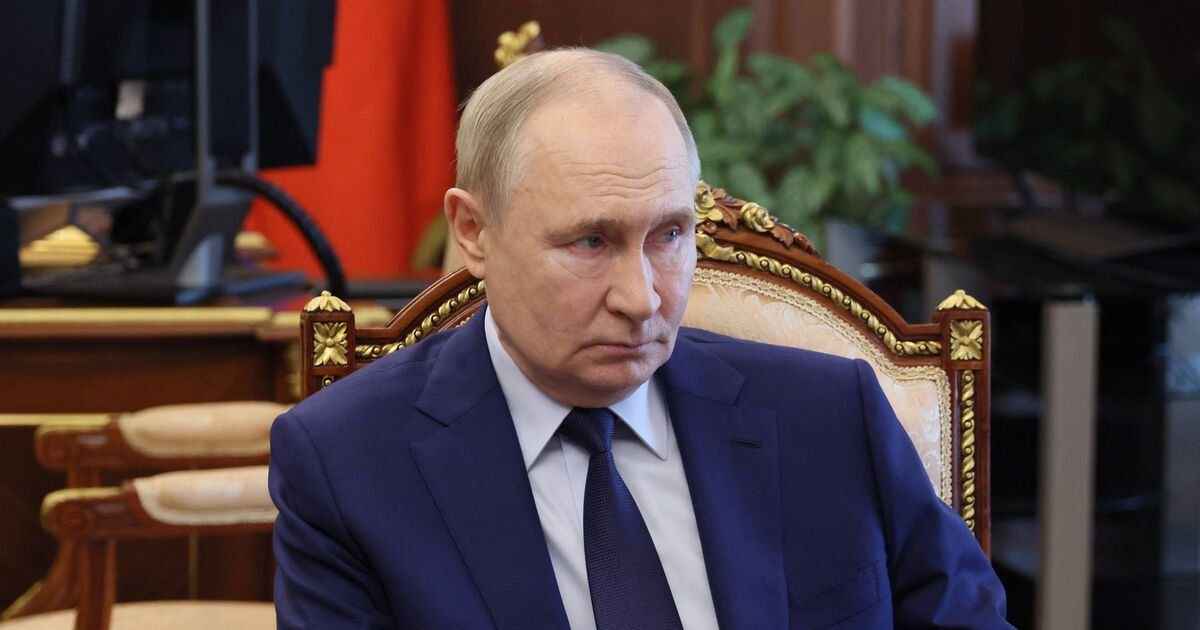Vladimir Putin has initiated what could be the world’s largest maritime hide-and-seek game, launching Russia’s most extensive naval drills in years across four bodies of water.
This week marked the start of Russia’s July Storm exercises, with simultaneous operations planned in the Arctic and Pacific Oceans, as well as the Baltic and Caspian seas.
The Russian Ministry of Defense estimates that over 15,000 personnel are participating in the drills, utilizing 50 naval and auxiliary vessels, 120 aircraft, 10 coastal missile systems, and approximately 950 other military assets.
Russia’s Baltic, Northern, Pacific, and Caspian Fleets are all taking part, under the supervision of Admiral Aleksandr Moiseyev, who was appointed Commander-in-Chief of the Russian Navy last year.
Despite its nuclear submarine deterrents being a clear strength, Russia’s naval capabilities have often been scrutinized by military experts, primarily due to its fleet consisting largely of older Soviet-era vessels that lack the ability to project power globally in a large-scale conflict, reports the Express.
Major factors contributing to this include Russia’s limited access to open oceans and warm-water ports, largely due to NATO and U.S. expansion creating choke points, and the fact that it effectively does not possess any operational aircraft carriers, with its Admiral Kuznetsov carrier having been under repair since 2017 and is not believed to be operational.
Despite this, Russia still maintains the third-largest navy globally by number of vessels, trailing only the United States and China, even accounting for losses sustained during its conflict with Ukraine.
Russia’s Ministry of Defense stated that operation July Storm was designed to evaluate its fleets’ preparedness to execute “non-standard operational tasks.”
This includes deploying multiple sophisticated systems, such as long-range precision weaponry and unmanned technologies, as the nation continues to escalate its confrontational rhetoric toward both Europe and the U.S., which recently issued Putin a 50-day ultimatum to conclude the war with Ukraine.
Open-ocean operations enable its navy to train units in anti-submarine warfare as well as procedures for safeguarding military installations, shipping lanes and other strategic economic assets.
War game scenarios may also simulate drone and other types of military assaults while launching their own strikes across both maritime and terrestrial domains.
As noted, the magnitude of this exercise is significant, though Moscow maintains it is merely routine.
Military experts have been drawn to the vast area covered by the drills, extending from NATO’s eastern boundary, near Poland, to shipping routes in the Pacific.
July Storm represents another effort by Putin to display his naval strength across multiple theaters while also ensuring his forces remain ‘combat-ready’ in the event of escalation. Earlier, on July 2, the Royal Navy had its eyes on Novorossiysk, a surfaced Russian Kilo-class submarine, as it navigated through the North Sea and English Channel – a move likely intended to flex Russia’s military muscle near NATO waters.
The submarine was accompanied by a support tug and closely watched by HMS Mersey and navy helicopter assets.
